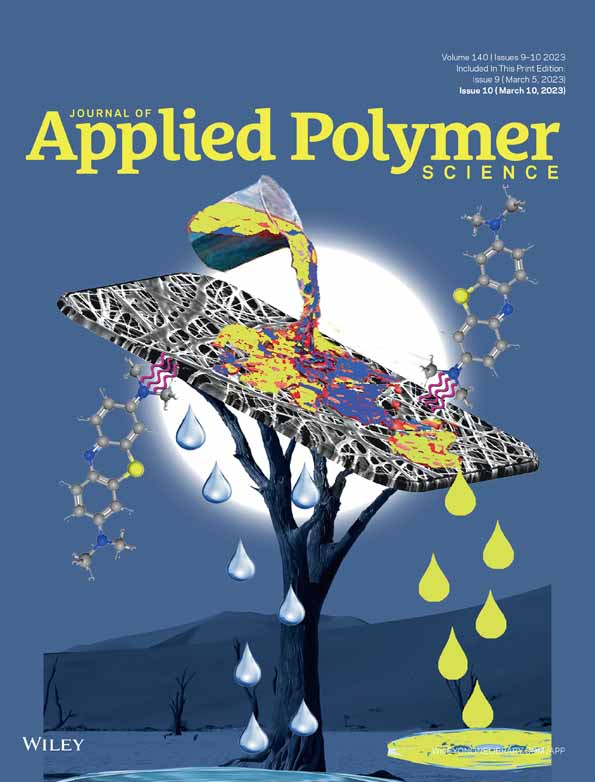Preparation and drug release performance of amphiphilic medical hot-melt pressure sensitive adhesives based on polystyrene-isoprene-styrene
Funding information: Shanghai Municipal Science and Technology Commission, Grant/Award Number: YDZX20223100004006
Abstract
Hot-melt pressure-sensitive adhesives (HMPSAs) with polystyrene-isoprene-styrene (SIS) as the backbone material are widely used in transdermal drug delivery systems (TDDS) because of their high cohesive strength and drug-carrying capacity. However, it is restricted by its high hydrophobicity when loaded with hydrophilic drugs. In this study, HMPSAs with amphiphilic properties were created by mixing SIS with fatty alcohol polyoxyethylene ether (AEO-9) and polyethylene glycol (PEG) of different molecular weights to improve the ability of HMPSAs to deliver hydrophilic drugs. The effects of different molecular weights of PEG on the hydrophilicity of HMPSAs were also investigated. Additionally, gardenia glycosides and oleanolic acid were selected for drug release experiments. Compared to untreated HMPSAs, HMPSAs modified with AEO-9 and PEG2000 could convert from hydrophobic to hydrophilic. The contact angle could be reduced from 91.8 to 25.6°, and the 24-hour water absorption could be raised by 170%. The drug release experiments demonstrate that SIS/AEO-9/PEG2000 enhances the release efficiency of the hydrophilic drug gardenia jasminoides by 69%. In summary, as a novel amphiphilic medicinal HMPSAs, SIS/AEO-9/PEG offered a broad application promise in hydrophilic drug release.
Open Research
DATA AVAILABILITY STATEMENT
The data that support the findings of this study are available from the corresponding author upon reasonable request.




